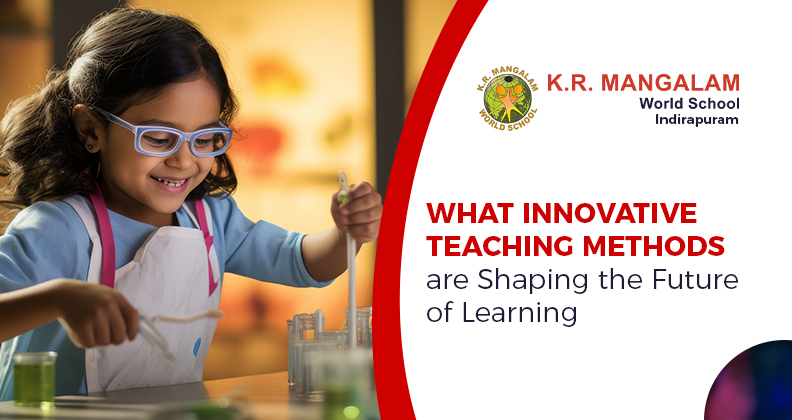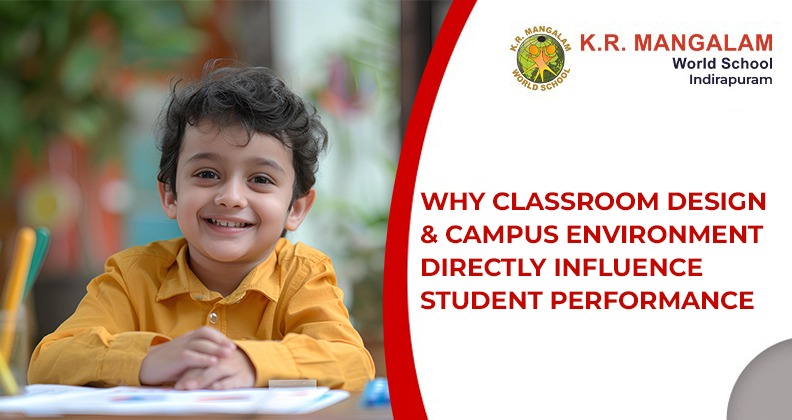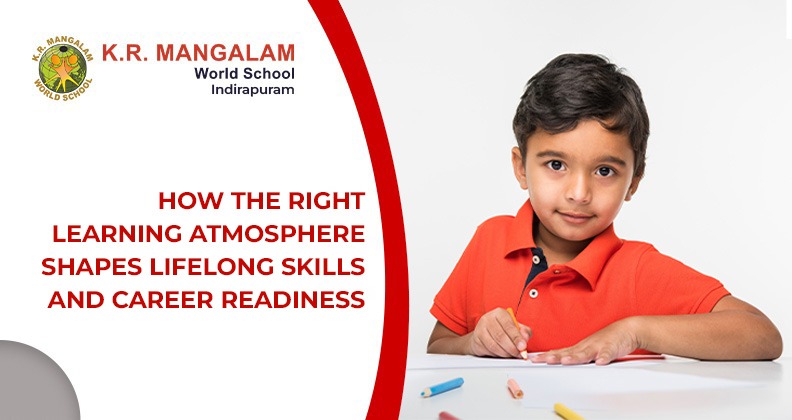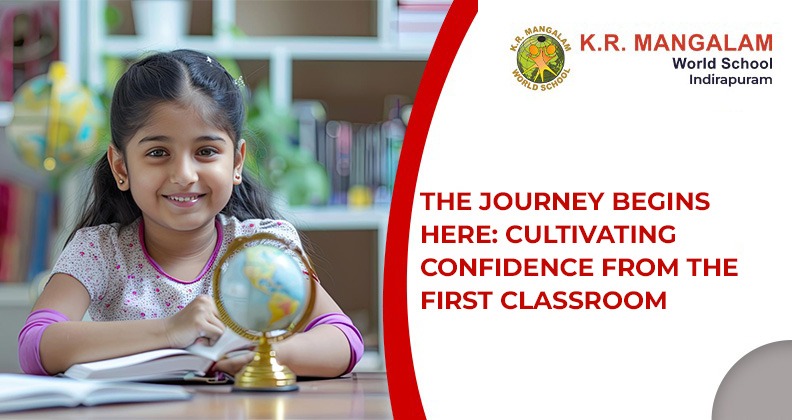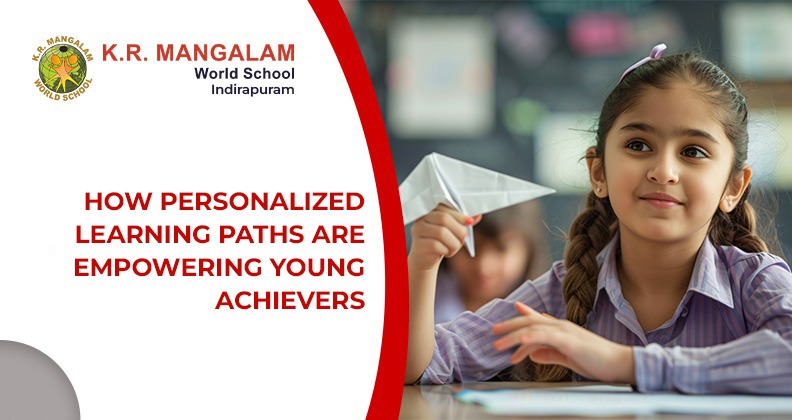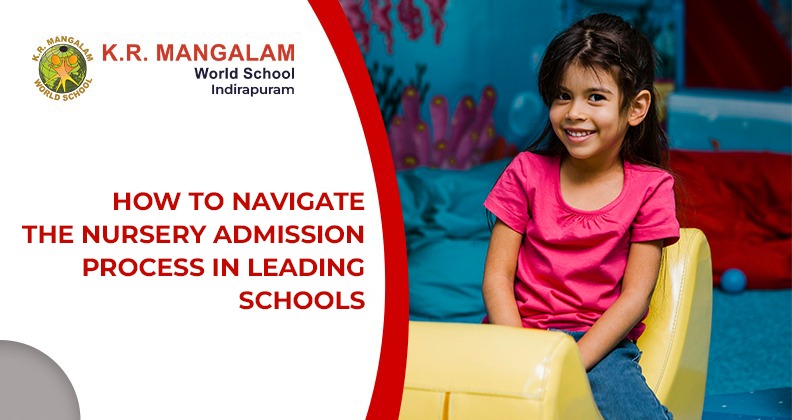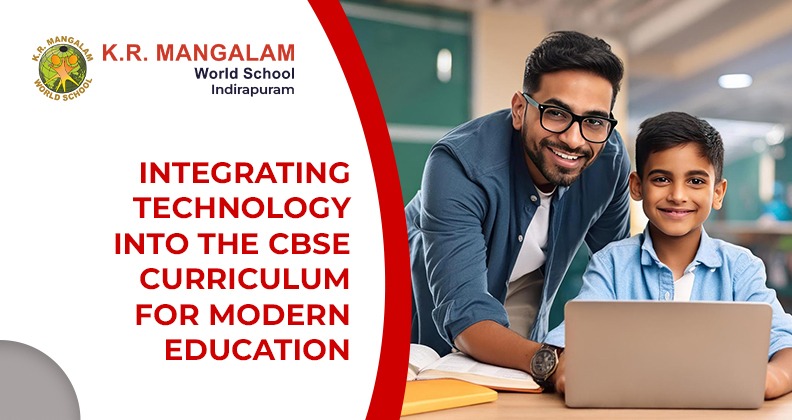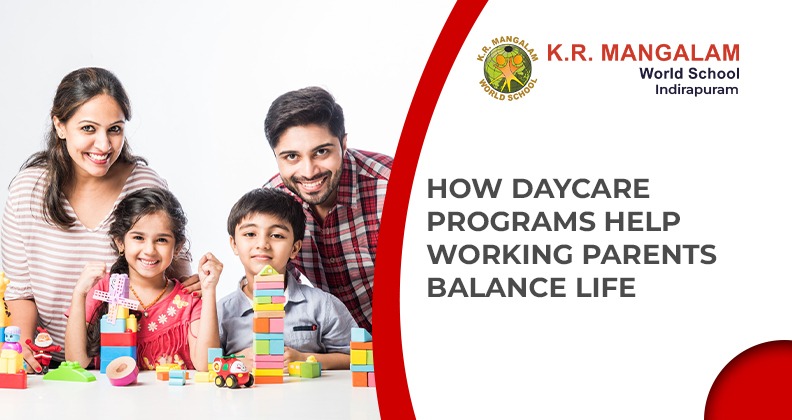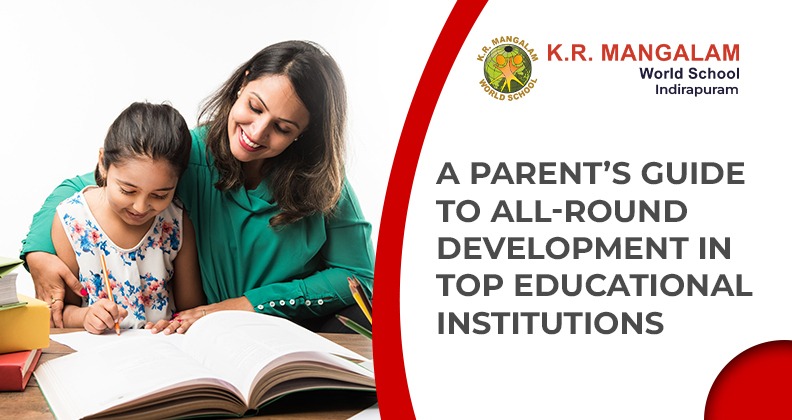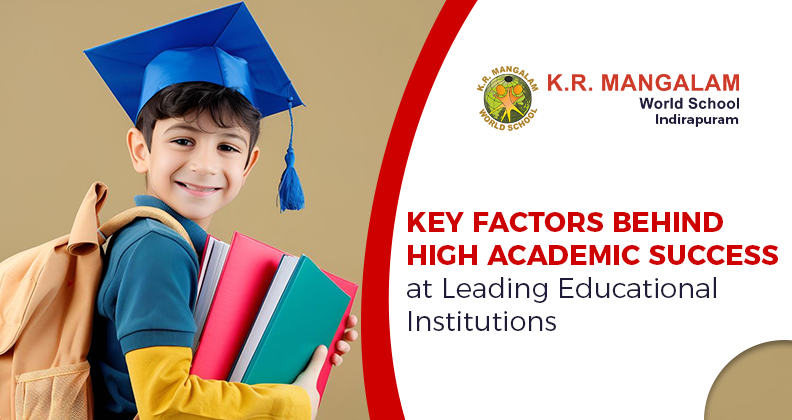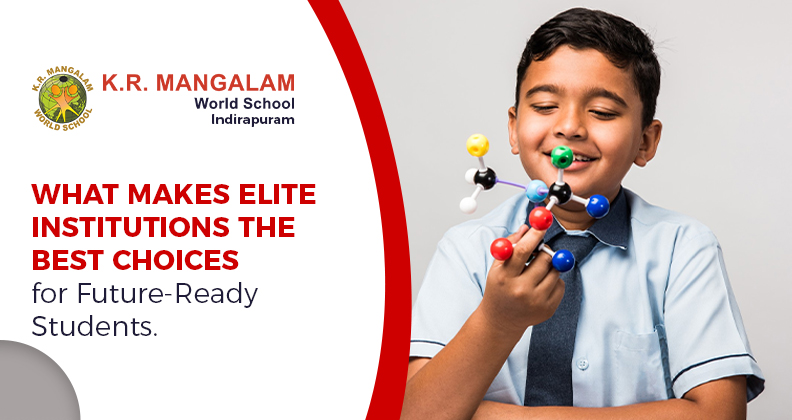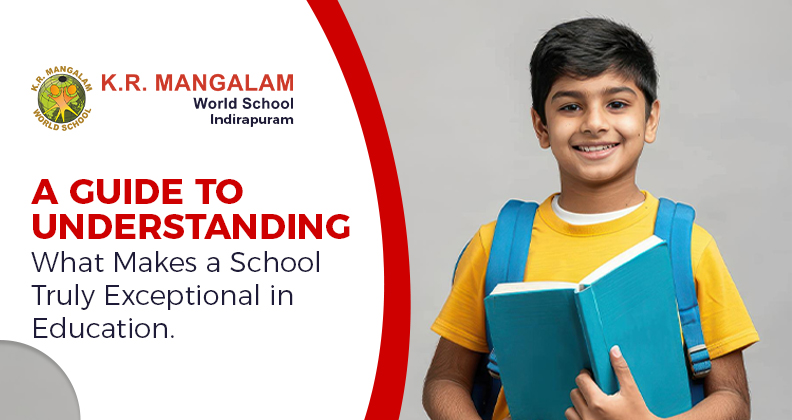Introduction:
The world of education is undergoing a transformation, and the methods used to teach and engage students are evolving in response to technological advancements, the demands of the future workforce, and a deeper understanding of how students learn best. At K R Mangalam Indirapuram, the Top 10 CBSE Schools in Ghaziabad where these traditional teaching methods, while foundational, are being complemented—and in some cases replaced—by innovative strategies that promote deeper learning, critical thinking, and creativity. In this article, we explore the innovative teaching methods that are shaping the future of learning and helping students become future-ready individuals.
About Us:
At K.R. Mangalam World School, Indirapuram, we embrace innovative teaching methods that engage students and foster a love for learning. Our teaching strategies integrate project-based learning, inquiry-based exploration, and experiential learning to make education more meaningful and applicable to real-life scenarios. By leveraging technology in classrooms, we provide students with interactive lessons that enhance their understanding and critical thinking. Our educators are trained to use differentiated teaching techniques, ensuring that each child’s learning style is catered to. This personalized approach, combined with our focus on extracurricular development, prepares students for success in an increasingly complex and digital world.
1. Project-Based Learning (PBL)
Project-Based Learning (PBL) is an innovative approach where students actively engage in real-world and meaningful projects. Instead of passively receiving information from textbooks or lectures, students work on projects that challenge them to solve problems, research, collaborate, and think critically. PBL encourages hands-on learning and allows students to apply theoretical knowledge to real-life scenarios.
In PBL, the focus is on the process of learning rather than just the final product. Students are guided through a project from start to finish, working with peers and teachers to address challenges and questions. This approach helps students develop critical skills such as communication, collaboration, and problem-solving—skills that are highly valued in today’s rapidly evolving world.
By engaging in PBL, students learn to work under deadlines, manage time effectively, and develop a sense of ownership over their learning. This method not only helps students retain knowledge more effectively but also prepares them for the complex problem-solving required in their future careers.
2. Flipped Classroom
The flipped classroom model is a revolutionary approach that redefines the traditional learning environment. In a flipped classroom, the traditional roles of in-class instruction and homework are reversed. Instead of receiving lectures during class time and completing assignments at home, students review instructional content—often in the form of videos or reading materials—outside of class, and class time is used for collaborative activities, discussions, and applying the learned concepts.
This method allows teachers to use class time more effectively by engaging students in active learning, discussions, and hands-on activities. It also provides students with greater flexibility and autonomy in their learning, allowing them to revisit content at their own pace.
The flipped classroom model also fosters a deeper understanding of the material as students apply their knowledge to problem-solving exercises, ask questions, and receive immediate feedback from their teachers and peers. This method is especially effective in promoting higher-order thinking, as students can engage in deeper discussions and critical thinking exercises during class time.
3. Gamification and Game-Based Learning
Gamification is the process of applying game elements—such as points, rewards, challenges, and competition—to educational content to make learning more engaging and interactive. Game-based learning takes this concept even further by using actual games to teach and reinforce concepts.
The use of gamification in education taps into students’ natural love for games, transforming traditional lessons into interactive, fun experiences. Whether it’s through educational video games, simulations, or point-based reward systems, gamification motivates students to engage with the material, collaborate with peers, and achieve goals.
Game-based learning, on the other hand, allows students to engage with real-life scenarios in a virtual environment, testing their skills and knowledge in dynamic and competitive settings. This method helps students develop critical thinking, decision-making, and collaboration skills, as well as improve their ability to learn from failure, which is an important life skill.
By leveraging the power of games and competition, these innovative teaching methods make learning enjoyable while also promoting deeper understanding and retention of content.
4. Personalized Learning
Personalized learning tailors educational experiences to the individual needs, skills, and interests of each student. Unlike traditional one-size-fits-all education, personalized learning acknowledges that students learn at different paces, in different ways, and have unique learning styles.
Through personalized learning, students are given the autonomy to choose the pace at which they progress through material, the topics they focus on, and the ways in which they demonstrate their knowledge. This approach utilizes technology to adapt the curriculum to the student’s learning level, ensuring that each student receives the support they need to succeed.
Teachers in a personalized learning environment act as facilitators and mentors, guiding students in their learning journey. This allows for more one-on-one interaction, enabling educators to provide individualized feedback and support. Personalized learning helps students build confidence in their abilities, encourages self-directed learning, and fosters a love for learning.
5. Inquiry-Based Learning
Inquiry-Based Learning (IBL) is a student-centered method that encourages students to ask questions, explore topics of interest, and discover answers through research, experimentation, and critical thinking. In IBL, the teacher acts as a facilitator, guiding students through the process of inquiry and providing support as needed.
This method promotes a deep understanding of concepts, as students actively engage with the subject matter rather than just memorizing information. Inquiry-based learning encourages curiosity, problem-solving, and independent thinking, which are crucial skills for success in the future. It also encourages students to develop a growth mindset by learning to embrace challenges, take risks, and persist in the face of difficulties.
By focusing on student-driven learning, IBL nurtures a sense of ownership over the learning process. It empowers students to take responsibility for their education and become lifelong learners.
6. Collaborative Learning
Collaborative learning emphasizes the importance of working together in groups to achieve a common goal. In this model, students collaborate with their peers to solve problems, complete projects, and discuss ideas. This method encourages students to learn from one another, share knowledge, and develop essential interpersonal skills.
By working in teams, students learn how to communicate effectively, resolve conflicts, and leverage the strengths of others to achieve success. Collaborative learning promotes teamwork and helps students develop the social and emotional intelligence that is necessary for success in both personal and professional environments.
Additionally, collaborative learning fosters a sense of community and belonging, as students work together to achieve common goals. This method prepares students for the collaborative nature of the modern workplace, where teamwork, communication, and collaboration are key to success.
7. Adaptive Learning Technologies
Adaptive learning technologies use data and algorithms to personalize the learning experience for each student. These technologies adjust the difficulty level, pace, and content of lessons based on the individual student’s performance and learning needs. This method allows students to work at their own pace, with the system automatically providing additional support or advanced challenges based on their progress.
Adaptive learning tools collect data on students’ strengths and weaknesses, providing teachers with real-time insights into each student’s performance. This enables teachers to make informed decisions about how to best support each student, whether it’s through additional practice, enrichment activities, or targeted interventions.
By utilizing adaptive learning technologies, schools can create a learning environment that is tailored to each student’s needs, ensuring that every learner receives the support and challenges they require to succeed.
8. Social and Emotional Learning (SEL)
Social and Emotional Learning (SEL) focuses on developing the emotional intelligence of students. This approach teaches students how to recognize and manage their emotions, develop healthy relationships, make responsible decisions, and handle social situations effectively.
Incorporating SEL into the curriculum ensures that students not only excel academically but also grow as emotionally intelligent individuals. This method helps students develop resilience, empathy, and self-awareness—skills that are essential for success in both their personal and professional lives.
SEL programs often include activities such as role-playing, mindfulness exercises, group discussions, and reflective journaling. These activities help students build strong social and emotional skills that will serve them throughout their lives.
9. Experiential Learning
Experiential learning is the process of learning through experience. This approach emphasizes learning by doing and encourages students to engage in hands-on activities that allow them to apply knowledge in real-world contexts.
Experiential learning can take many forms, including field trips, internships, service learning, and project-based activities. By engaging in real-world experiences, students gain valuable insights, develop practical skills, and develop a deeper understanding of the subject matter.
This method helps bridge the gap between theory and practice, preparing students for the complexities of the modern world and equipping them with the skills they need to succeed in their careers.
10. Mindfulness and Well-being Practices
Mindfulness practices are becoming increasingly popular in educational settings. By teaching students to focus on the present moment, mindfulness practices help reduce stress, improve concentration, and foster emotional well-being.
Incorporating mindfulness into the curriculum encourages students to develop self-regulation skills, which can enhance their academic performance and overall well-being. Mindfulness practices such as meditation, deep breathing, and body awareness allow students to manage their emotions and improve their focus and attention.
By prioritizing mental health and well-being, these innovative teaching methods create a balanced and supportive learning environment where students can thrive academically and emotionally.
Conclusion:
The future of education is being shaped by innovative teaching methods that foster creativity, critical thinking, and emotional intelligence. At K R Mangalam Indirapuram, the Top CBSE Schools in Ghaziabad where these methods are transforming the way students learn and are preparing them to succeed in a rapidly changing world. From project-based learning and flipped classrooms to adaptive learning technologies and social-emotional development, these approaches ensure that students are not just passive recipients of knowledge but active, engaged learners.
As we move into the future, these teaching methods will continue to evolve and adapt to the needs of students, ensuring that they are equipped with the skills and knowledge necessary to navigate the complexities of the modern world. Elite institutions that embrace these methods are helping to create a generation of learners who are prepared for the challenges and opportunities that lie ahead.
FAQs:
Q. 1 What is project-based learning?
Ans : Project-based learning allows students to work on real-world problems, fostering collaboration, critical thinking, and creativity. It enhances learning by making it more practical and engaging.
Q. 2 How does inquiry-based learning benefit students?
Ans : Inquiry-based learning encourages students to ask questions, conduct research, and develop solutions independently, helping them build problem-solving skills and a deeper understanding of subjects.
Q. 3 What role does technology play in modern education?
Ans : Technology integrates interactive tools, online resources, and e-learning platforms that enrich the learning experience, making it more dynamic, personalized, and accessible.
Q. 4 Why is experiential learning important?
Ans : Experiential learning allows students to learn by doing, whether through field trips, hands-on projects, or simulations, providing practical knowledge and skills applicable in the real world.
Q. 5 How does K.R. Mangalam implement innovative teaching methods?
Ans : We incorporate project-based learning, digital classrooms, and personalized teaching methods to keep students engaged, allowing them to learn through interactive, real-world experiences.
Q. 6 What are the benefits of personalized learning?
Ans : Personalized learning caters to individual learning styles and paces, ensuring every student gets the attention they need to succeed academically and personally.


